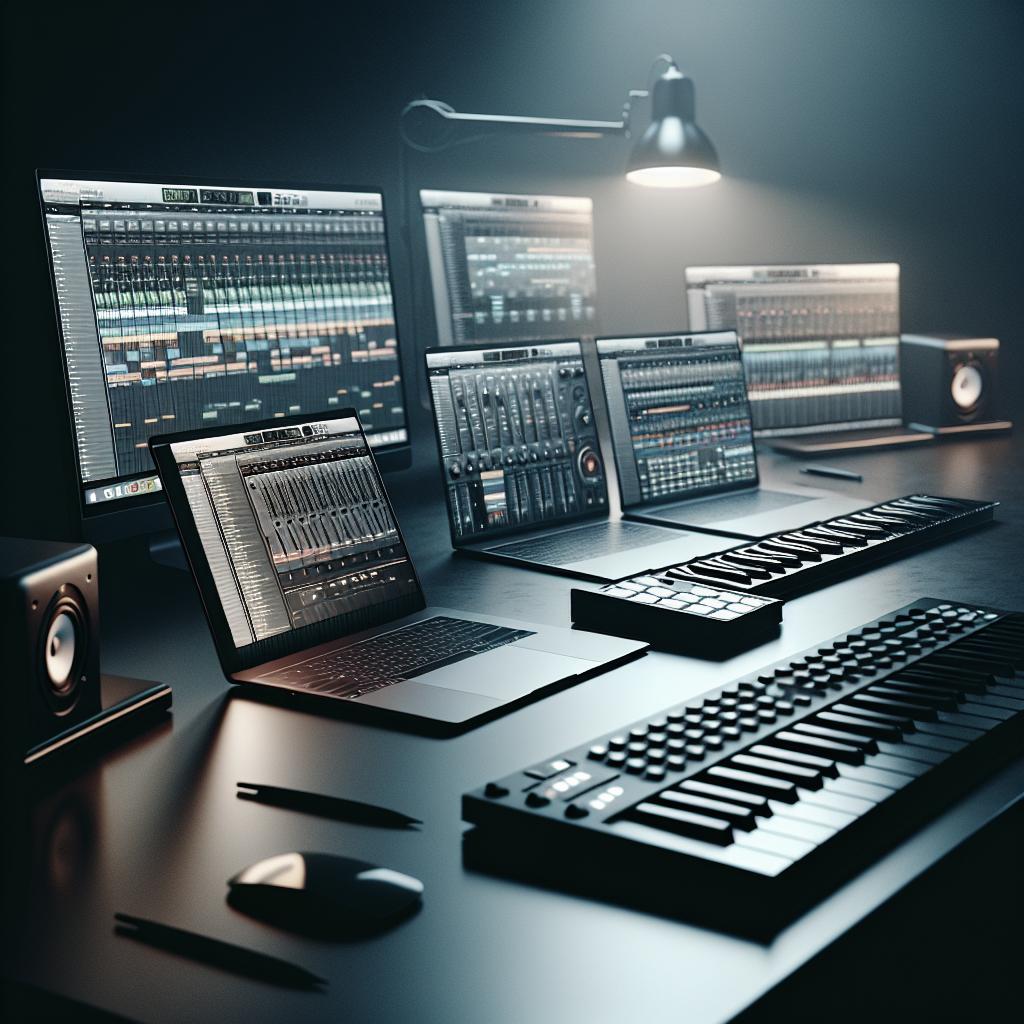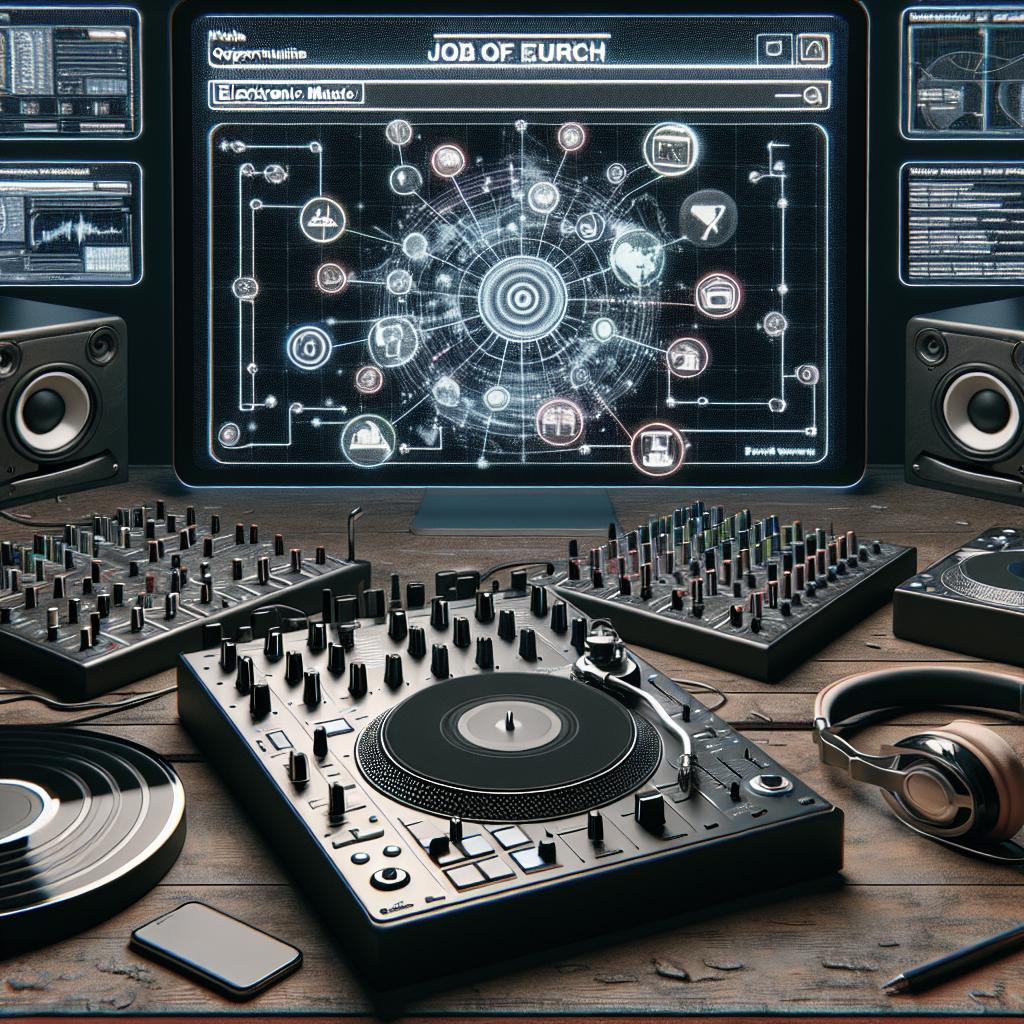<>
Developing a brand as an electronic music artist is crucial in today’s crowded market. It helps to define your distinctive style and connect with your audience on a deeper level. Whether you’re an emerging artist or looking to enhance an existing brand, the following guide will offer actionable steps and insights to help you carve out your unique identity in the world of electronic music. We’ll explore the foundational aspects of branding, beginning with an exciting interview featuring Linn Elisabet. From defining what your brand stands for to choosing a tone of voice, building visual identity, and offering key takeaways, this comprehensive guide will help you navigate the world of artist branding with confidence and creativity. By the end of this article, you’ll have the vital tools and knowledge required to stand out and make a significant impact as an electronic music artist.
Linn Elisabet Interview: Acts of Rebellion and Electronic Music With a Mission
Linn Elisabet, a prominent figure in the electronic music scene, has been known for her unique approach to integrating social issues within her music. Her brand is not just about the beats but the stories and missions behind them. Elisabet emphasizes how branding doesn’t only revolve around visual elements but also involves embodying beliefs and messages that resonate with the artist and the audience alike. “Every track I produce is an act of rebellion against social norms,” Elisabet shares. “People connect with my music not just because of its rhythm but because they see a reflection of their own struggles and aspirations.” Her words underline the powerful impact a well-defined brand can have, creating not just listeners but loyal followers. Using her as an example, we’ll break down the essential steps for developing your own brand as an electronic music artist, ensuring you are both authentic and compelling.
1. What is Branding?
Branding is more than just a logo or a name; it’s an aggregation of every experience and interaction a listener has with your music. It includes your visual aesthetic, the values you promote, your message, and the emotions you evoke. For an electronic music artist, branding is crucial because it sets the tone for how you are perceived in the industry. A strong brand helps you to differentiate yourself in a highly competitive market. It makes you memorable and gives your audience something to connect with beyond your music. The emotional and psychological connection created through effective branding can drive fans to become advocates for your art. Moreover, your brand serves as the foundation upon which all your marketing efforts are built. From your social media presence to live performances and interviews, a cohesive and consistent brand ensures that all aspects of your public persona are aligned and reinforce each other.
2. First: Define What your Brand Stands For
Start by understanding what you want your music and persona to communicate. Are you about evoking emotions, promoting social change, or simply providing a hedonistic escape? Your brand should reflect your core values and the essence of your music. For instance, if your tracks are upbeat and energetic, your brand might focus on fun, excitement, and positivity. Ask yourself a series of introspective questions: What values do I hold dear? What do I want my audience to feel when they listen to my music? What makes me different from other electronic artists? Answering these questions will give you clear insights into the foundational pillars of your brand. Moreover, look at the bigger picture and define your mission and vision as an artist. Your mission is your ongoing commitment—what you do consistently. Your vision is what you hope to achieve in the long run. Together, these elements make up the narrative that will resonate with fans and forge a deeper connection with them.
3. Build your Visual Identity
Visual identity is a pivotal aspect of your branding and includes everything from your logo, color scheme, and album artwork to your stage attire and website design. All these elements should cohesively reflect the essence of your music and message. Begin with a professional logo that embodies your artistry. For electronic music artists, a modern, sleek logo often works best. However, it should also be unique enough to set you apart from others. Consistency is key—use your logo across all platforms like your website, social media, and promotional materials. Moreover, consider the color palette and typography that will represent your brand. Dark tones might suit a more mysterious and edgy vibe, while bright colors can represent a fun and lively style. Each visual element should cohesively fit together to create a harmonious and recognizable aesthetic.
4. Choose your Tone of Voice
The tone of voice you employ in your communications plays a significant role in shaping your brand’s personality. Whether it’s on social media, in interviews, or in your song lyrics, your tone should be consistent and reflect who you are as an artist. If your music is playful and light-hearted, a conversational and friendly tone would work best. Conversely, if your music deals with deeper emotional or social themes, a more serious and thought-provoking tone might be appropriate. Your tone of voice helps build a stronger relationship with your audience by fostering familiarity and trust. Equally important is to adapt your tone of voice based on the platform while maintaining consistency. For example, your tone on Instagram might be more casual and engaging, while on your official website, it could be slightly more professional. This adaptability ensures that you resonate with your audience across different touchpoints without losing your core brand voice.
5. What’s the Bottom Line
In essence, developing a brand as an electronic music artist means creating a comprehensive and coherent identity that resonates with your audience. From defining what you stand for to meticulously selecting visual and tonal elements, every aspect contributes to a cohesive and compelling brand. Remember, your brand is a living entity that will evolve as your career progresses. Be open to adaptation and refinement. Continuously engage with your audience, keep an eye on market trends, and stay true to your core values and mission. By dedicating time and effort to develop a strong brand, you not only stand out in the electronic music scene but also foster deeper and lasting connections with your listeners. It’s this connection that transforms casual listeners into loyal fans, and ultimately, drives your success in the industry.
Lessons Learned
Below is a summary table outlining the key points discussed in the blog post:
| Section | Summary |
|---|---|
| Linn Elisabet Interview | Highlighted how integrating social issues into music can create a powerful brand narrative. |
| What is Branding? | Branding encompasses the overall experience and emotional connection a listener has with your music. |
| Define What your Brand Stands For | Identify your core values, mission, and vision to create a solid foundation for your brand. |
| Build your Visual Identity | Using cohesive visual elements like a logo, color scheme, and typography to reflect your brand. |
| Choose your Tone of Voice | Setting a consistent and appropriate tone in all communications to build familiarity and trust with your audience. |
| What’s the Bottom Line | Emphasizing the importance of a cohesive and evolving brand to connect deeply and memorably with your audience. |


